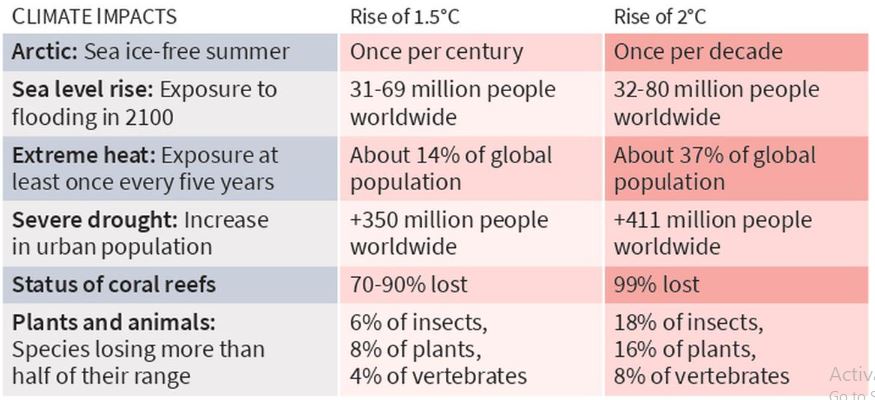900 319 0030
enquiry@shankarias.in
The World Meteorological Organization (WMO) released two decadal prediction reports in which it says, the average global temperature will exceed the critical point of 1.5 degree Celsius by 2027.
The 1.5 degree Celsius target is the global climate target that aims to limit warming to said level by 2100, in order to prevent the planet from slipping into further climate crises.


According to the WMO, extreme weather anomalies have caused the deaths of two million people and incurred $4.3 trillion of economic damages over the past fifty years.
According to the Climate Change Performance Index 2023, India ranked eighth with a high-performance after Denmark, Sweden, Chile, and Morocco.